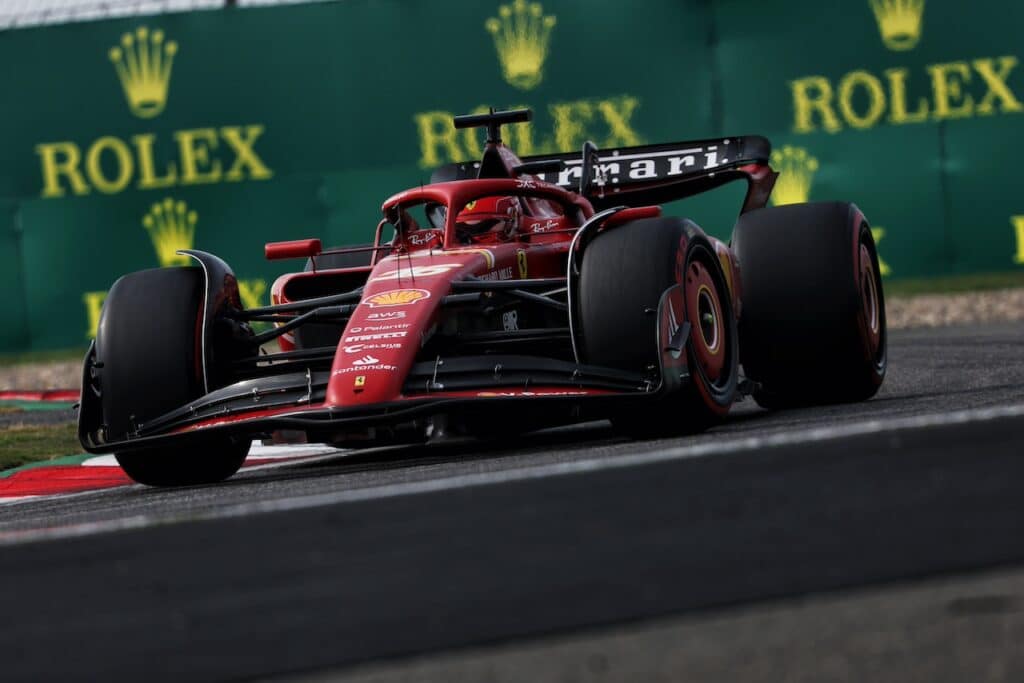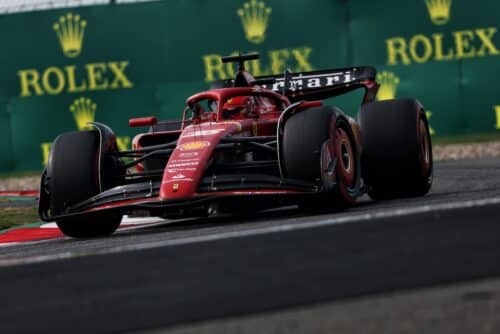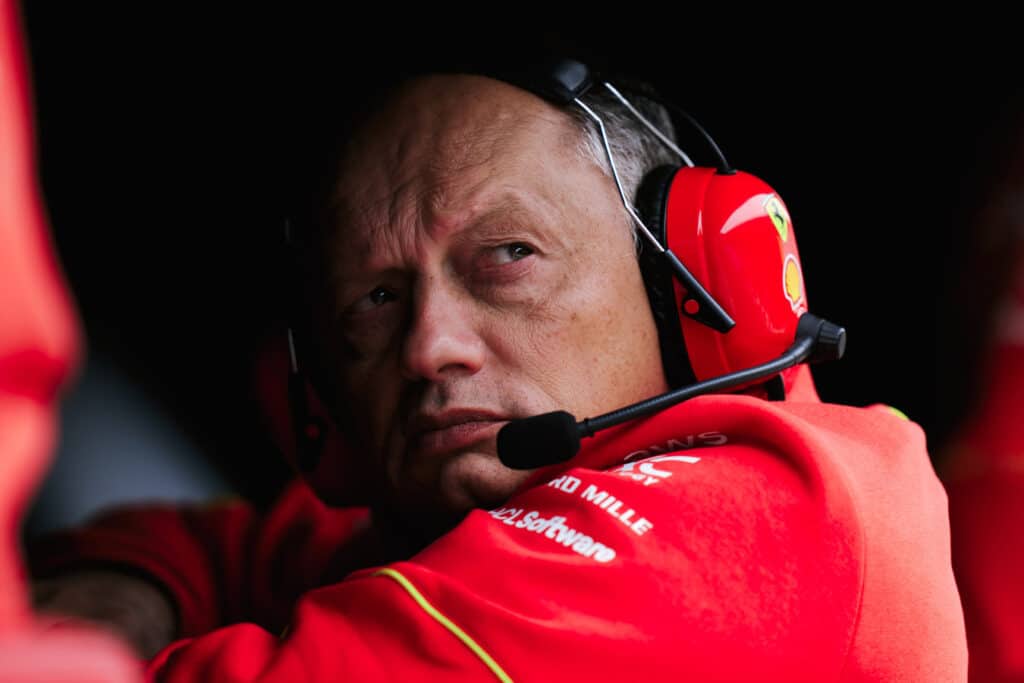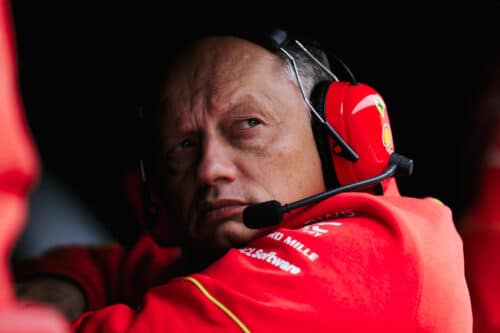Bridgestone: slick tires return for the Australian Grand Prix

Bridgestone is preparing to begin a new era in Formula One, with the return to slick tires after eleven seasons, on the occasion of the first round of the 2009 FIA World Championship, scheduled for March 29th on the Albert Park track in Melbourne, Australia. The Bridgestone Potenza slick tires represent one of the innovations that will characterize the Formula One single-seaters this season. The new regulation on aerodynamics - designed to reduce downforce - involves, in fact, a radical change in the way the cars are driven compared to last year. An important innovation for the 2009 season is represented by the methodology for distinguishing between soft and hard compound tyres, whose recognition until last year was facilitated by the white stripe inserted in a groove of each soft compound tyre. This year, due to the disappearance of the grooves, Bridgestone offers a green stripe on the shoulder of the softer compound tyre. The tire regulation establishes that the two specifications must be visually distinguishable from each other both for viewers and for the public present at the circuits. The green color was chosen to represent Bridgestone's continued support for the Make Cars Green campaign promoted by the FIA (International Automobile Federation). “Wet” tires (previously called “extreme rain”) will also be identified with a green stripe in the central groove.
As was the case previously, two tire compounds will be available in each race weekend, and both must be used in the race. This resulted in a change in tire distribution. For the past two seasons, Bridgestone has brought two contiguous compounds to each Grand Prix, chosen from its four-compound range. For 2009, like last year, Bridgestone will produce four types of compounds: hard, medium, soft and super soft but, unlike the previous two seasons, the two compounds for each race weekend will no longer be contiguous.
For the Australian Grand Prix, Bridgestone has chosen medium and super soft tires from the range of hard, medium, soft and super soft compounds. Traditionally, the Albert Park course is particularly challenging. In addition to the variable weather conditions that notoriously characterize the first race of the Formula One season, the road surface changes significantly during the course of the race, as it is a track used only once a year for the Formula One Grand Prix One. The track features 16 curves for a total of 5.300 meters and represents a heterogeneous mix between low levels of downforce on the straight and greater downforce in the corners. High lateral thrust tends to increase tire temperatures.
Hirohide Hamashima – Bridgestone Motorsport Development Manager:
What are the most significant changes for Bridgestone in 2009?
“The return to slick tires is particularly significant and Bridgestone has considerable experience with this type of tire thanks to the different racing categories in which they are used, so we are convinced that we will produce excellent slick racing tyres. We are producing these tires in the same size as the grooved ones used last year, but this involves a new front/rear grip balance. As a result, teams will have to work hard to get a good set-up, particularly on a road surface like that of Albert Park. We will work closely with each team to meet any of their needs."
What does having non-contiguous compounds available mean for each team?
“I think it will be a great challenge for everyone. Last year we received numerous requests to make the difference between the two compounds more evident, so we tried to modify not only the consistency of the compound, but also the range of ideal temperatures for use between the two compounds brought to each Grand Prix. We have provided a tire that warms up quickly and allows you to immediately achieve a fast lap time and another tire that offers consistent performance when it reaches the optimal temperature. This will mean greater attention for the drivers, who will have to carefully evaluate the use and choice of tyres."
Data and facts:
Number and specification of tires brought to Australia: 1800 pieces (Intermediate and wet compound,
medium and super soft);
Pole position 2008: 1' 26” 714 (Hamilton)
Fastest lap in the race: 1'27” 418 (Kovalainen)
Podium 2008: Hamilton (McLaren Mercedes), Heidfeld (BMW Sauber F1 Team) Rosberg (Williams)
if you want to always be updated on our news
Follow us here
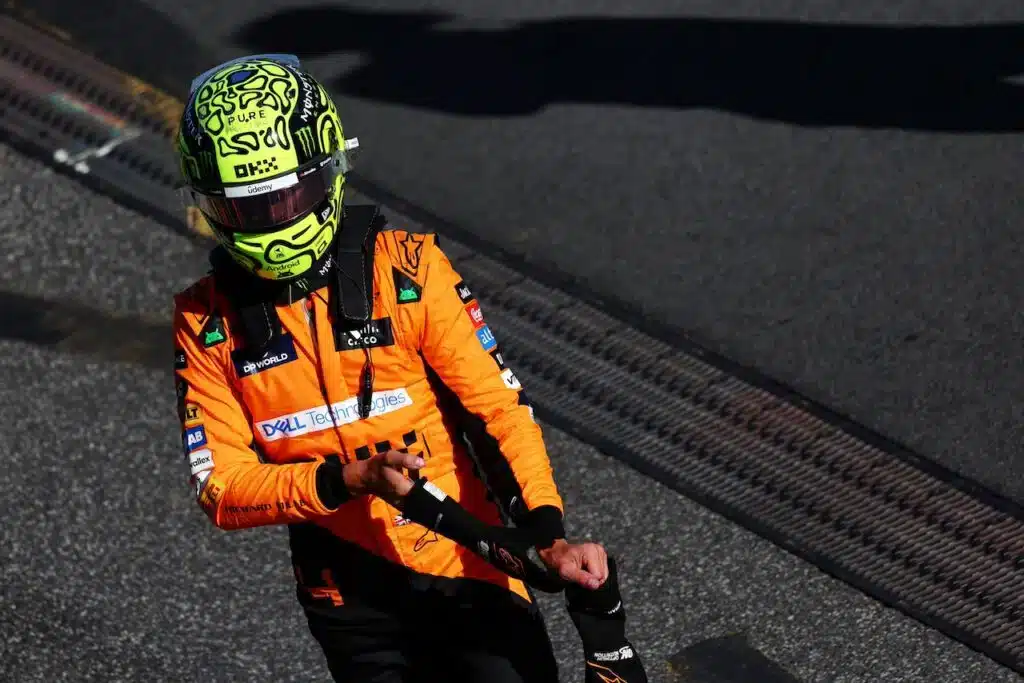
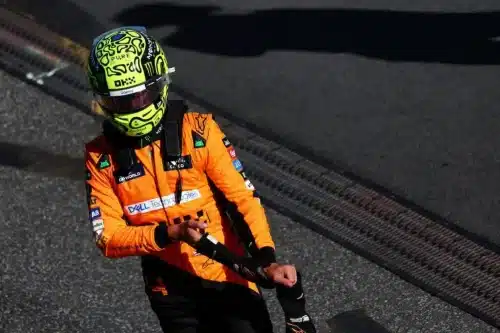



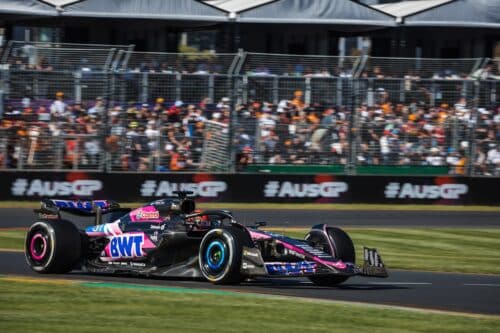
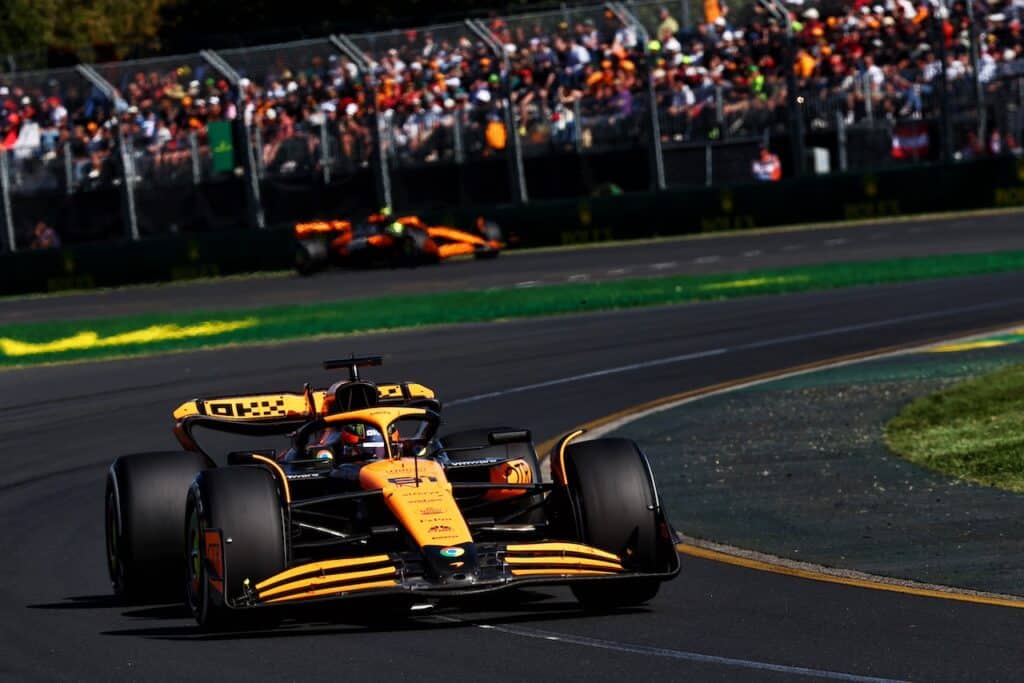

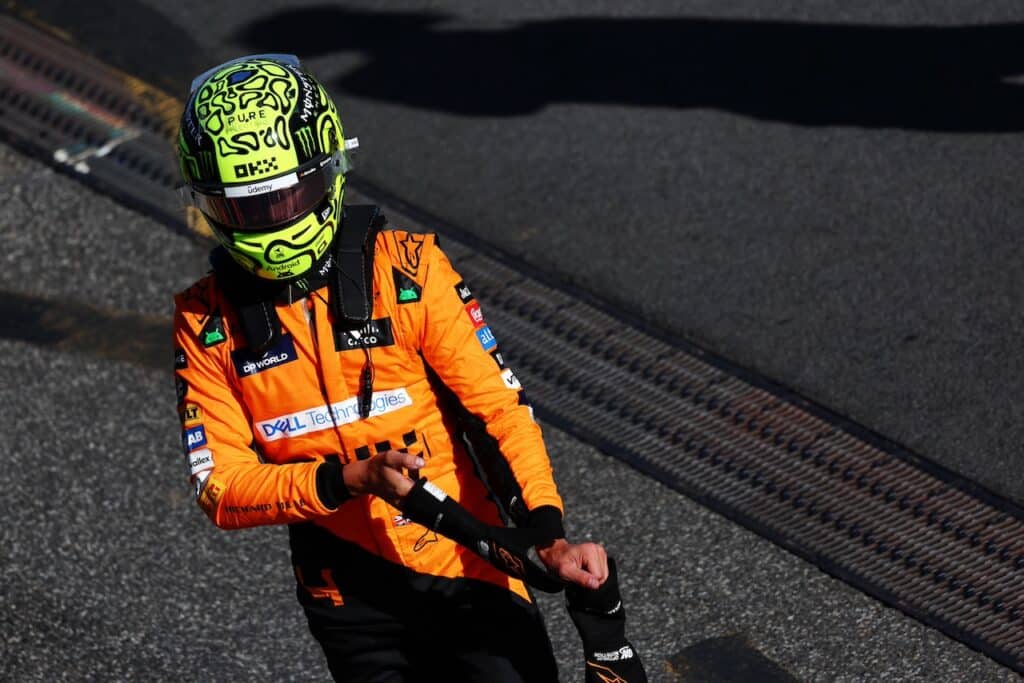
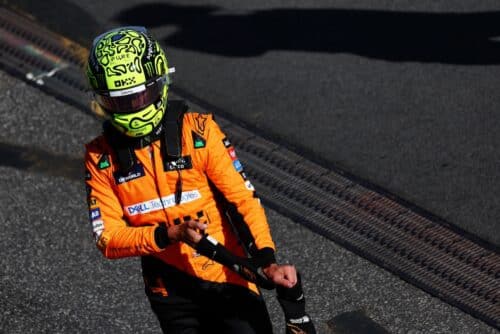

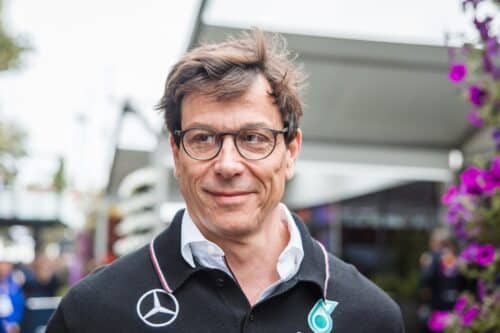

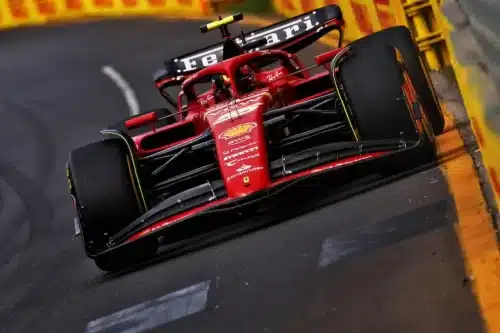
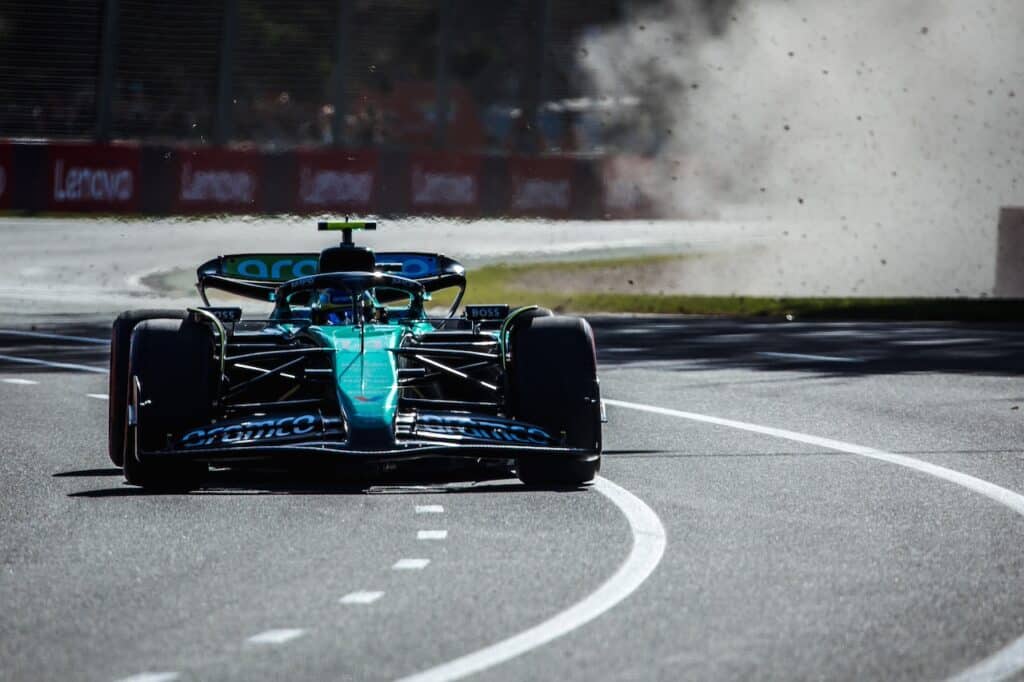
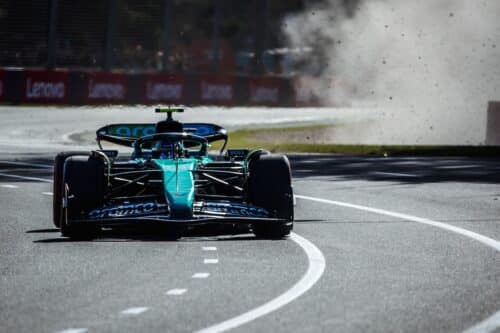
![Formula 1 | Focus: the special liveries in the history of Ferrari [PHOTO]](https://f1grandprix.motorionline.com/wp-content/uploads/2024/04/focus-ferrari7-1-1024x680.jpg)
![Formula 1 | Focus: the special liveries in the history of Ferrari [PHOTO]](https://f1grandprix.motorionline.com/wp-content/uploads/2024/04/focus-ferrari7-1-500x332.jpg)
